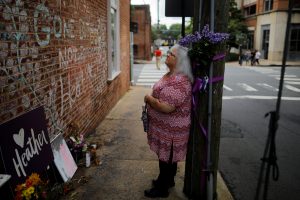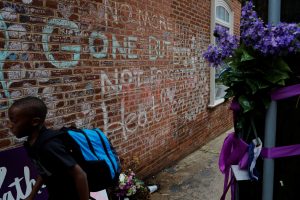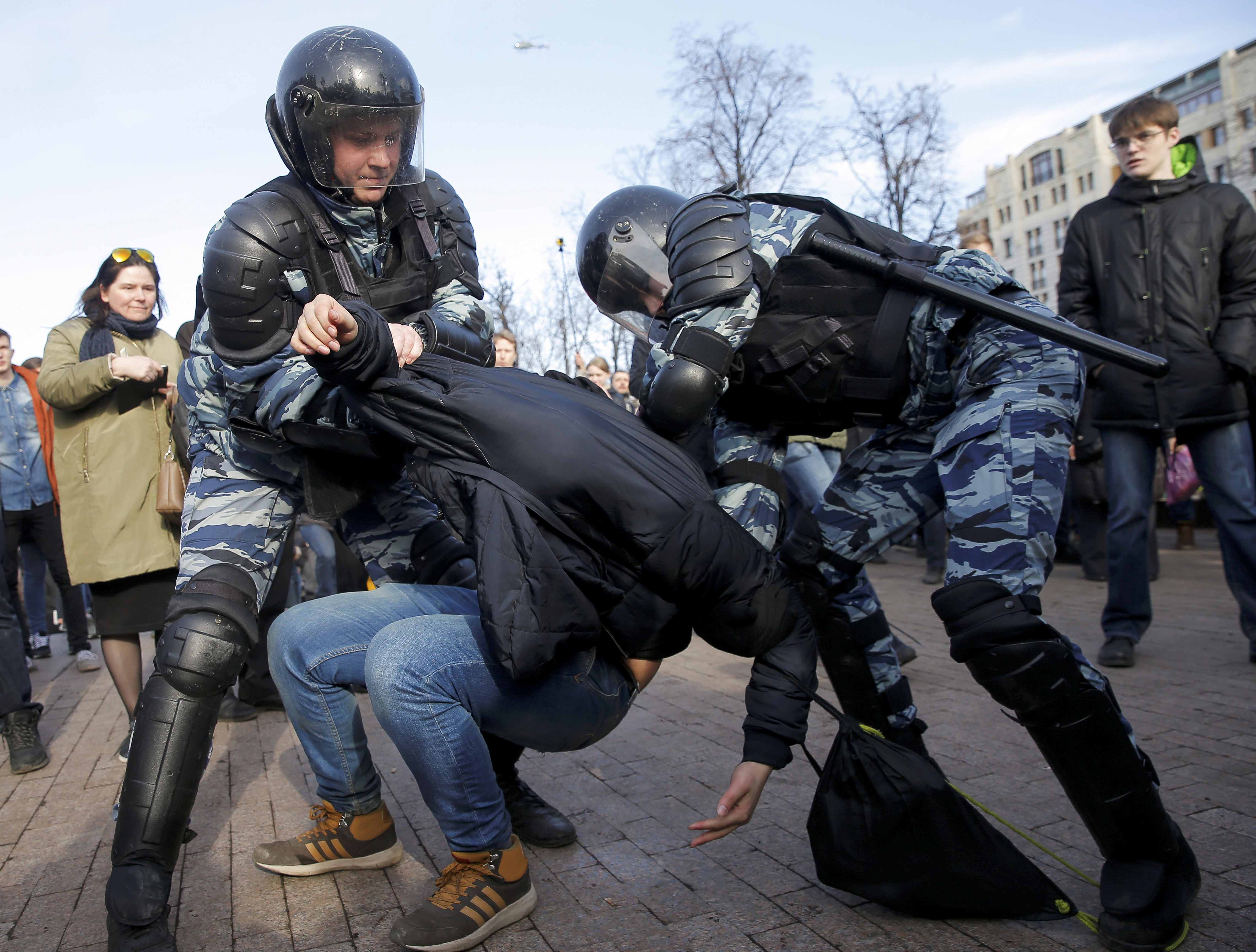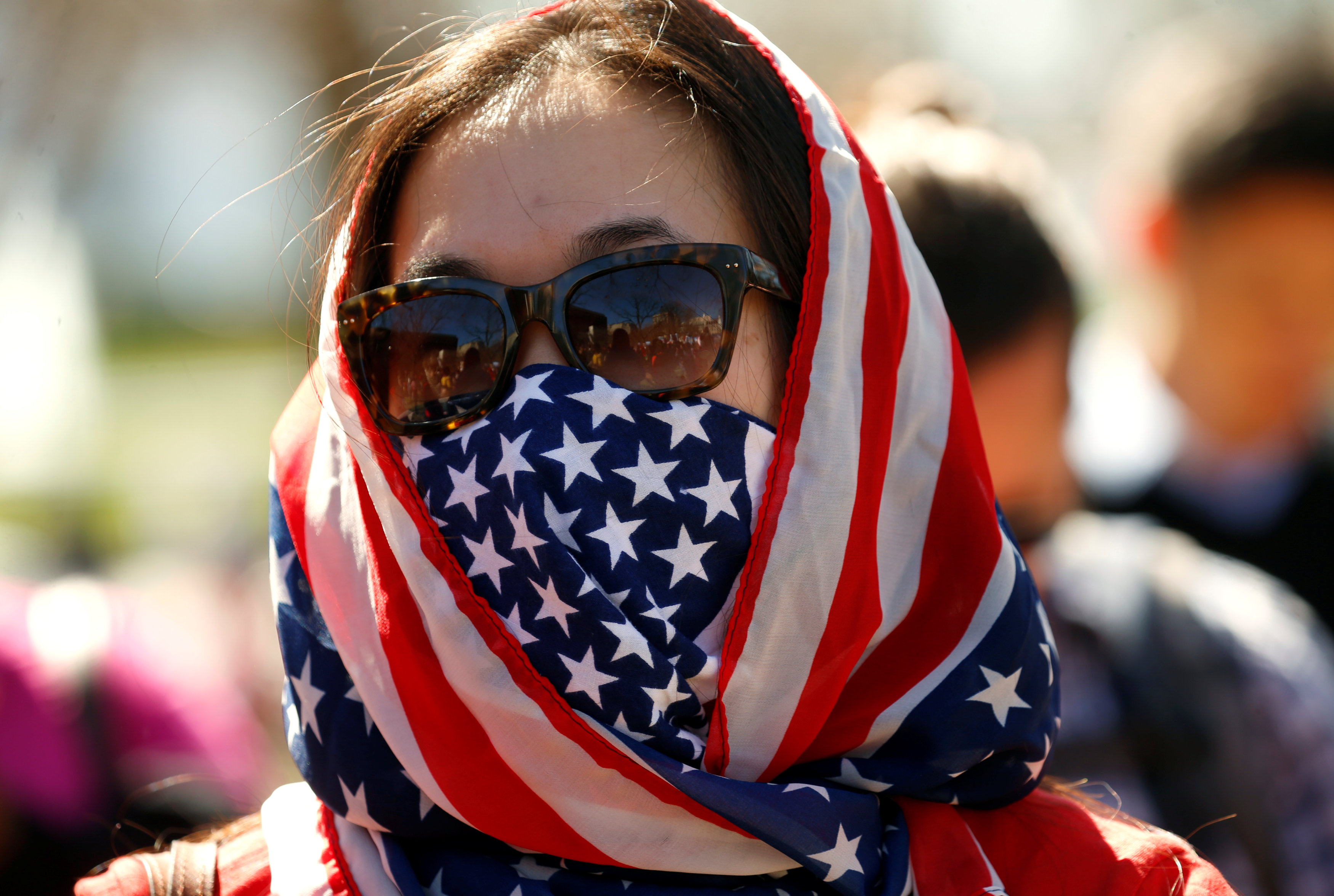
By Steve Gorman
LOS ANGELES (Reuters) – Los Angeles teachers union officials on Friday called for a mass rally to show support before their second round of contact talks to settle a week-long strike that has disrupted classes for some 500,000 students in the second largest U.S. school system.
At the request of Mayor Eric Garcetti, negotiators for the United Teachers Los Angeles and the Los Angeles Unified School District returned to the bargaining table on Thursday for the first time since talks broke off a week ago.
Garcetti, who is mediating talks even though he has no direct authority over the school district, said on Twitter that the two sides had “productive” negotiations that went past midnight and were set to resume at 11 a.m. PST (1900 GMT).
Both sides agreed to a news blackout during the mediated talks. Negotiations, which had gone on for 21 months before some 30,000 teachers walked off the job on Monday, have been centered largely on union demands for smaller classes, more support staff and higher pay.
The labor strife in Los Angeles follows a wave of teacher strikes last year across the United States over salaries and school funding, including walkouts in West Virginia, Oklahoma and Arizona. While those strikes represented conflicts between teachers unions and Republican-controlled state governments, the Los Angeles strike pits educators against Democratic leaders.
At an early-morning rally at City Hall, union leaders urged members and supporters to turn out en masse for a larger assembly later Friday at nearby Grand Park.
“We are willing to go as long as it takes and work as hard as we need to, to get a fair contract,” union Secretary Arlene Inouye told supporters, adding that she expected the talks to last through the three-day holiday weekend.
School Superintendent Austin Beutner has said the demands, if fully met, would be too great a budget strain. Union President Alex Caputo-Pearl has insisted sufficient funding is available, given the right priorities.
The district said in a statement late Thursday the strike had already cost about $100 million and that “our students are missing out on the opportunity to learn.”
Although the strike has disrupted classes, support for teachers was running high among parents, several major possible Democratic presidential contenders and the public at large, as reflected in a recent survey of Los Angeles residents.
District officials have kept all 1,200 schools open on a limited basis with a skeleton staff, but attendance was running well below normal.
(Reporting by Steve Gorman; Additional reporting by Peter Szekely in New York; Editing by Scott Malone and Jeffrey Benkoe)











